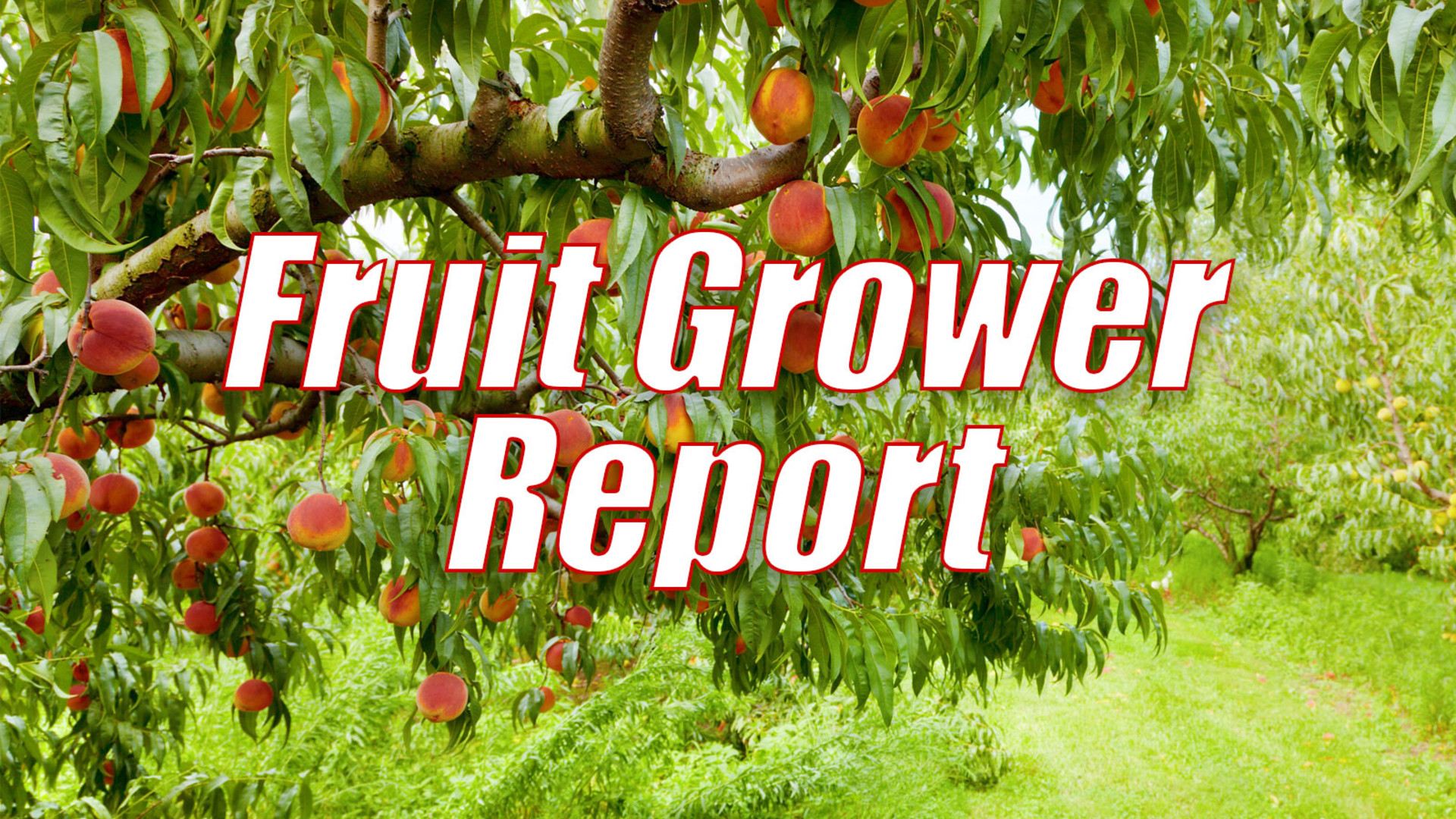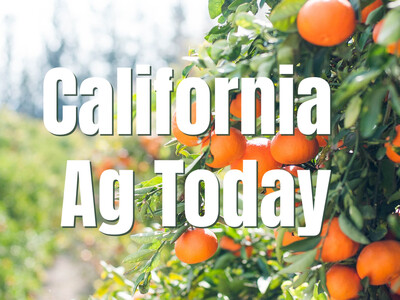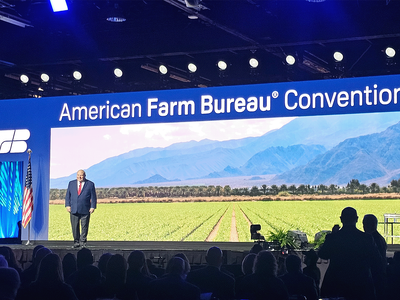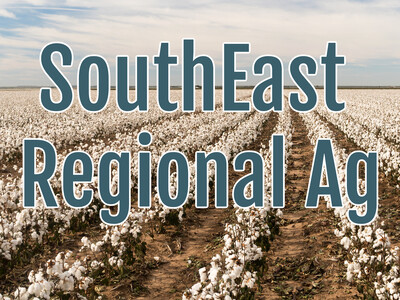Food Security Trends
Food Security Trends. I'm Greg Martin with today's Fruit Grower Report.I'm a fresh fruit nut. I love this time of year when you can get all fresh fruits and vegetables grown right here in the Pacific Northwest. I feel safe as well when I feed it to my family. USDA's recently released annual report on the incidence and severity of food insecurity in American households marks 20 years of Federal statistics measuring U.S. food insecurity. Ag Secretary Tom Vilsack talk about the report.
VILSACK: It tells us whether or not it's important to continue the work we're doing on child nutrition, whether it's important to continue to support our Supplemental Nutrition Assistance Program and the impact it has on food insecurity and the impact an improving economy has on food insecurity.
USDA researcher Alisha Coleman Jensen looks at some of the findings from the recent edition of the Household Food Security in the U.S. study.
COLEMAN-JENSEN: In 2014 86% of U.S. households were food secure throughout the entire year. Food secure means that they had consistent access to adequate food for active healthy living for all household members. So 14% of of U.S. households were we're food insecure. We measure food insecurity at the household level among all people in the household and we also look at the experiences of children in particular and in 2014 we found that children were food insecure in 9.4% of U.S. households and that's unchanged from last year.
The report was virtually unchanged from last year but that it was down from a high back in 2011.
That's today's Fruit Grower Report. I'm Greg Martin on the Ag Information Network of the West.

















